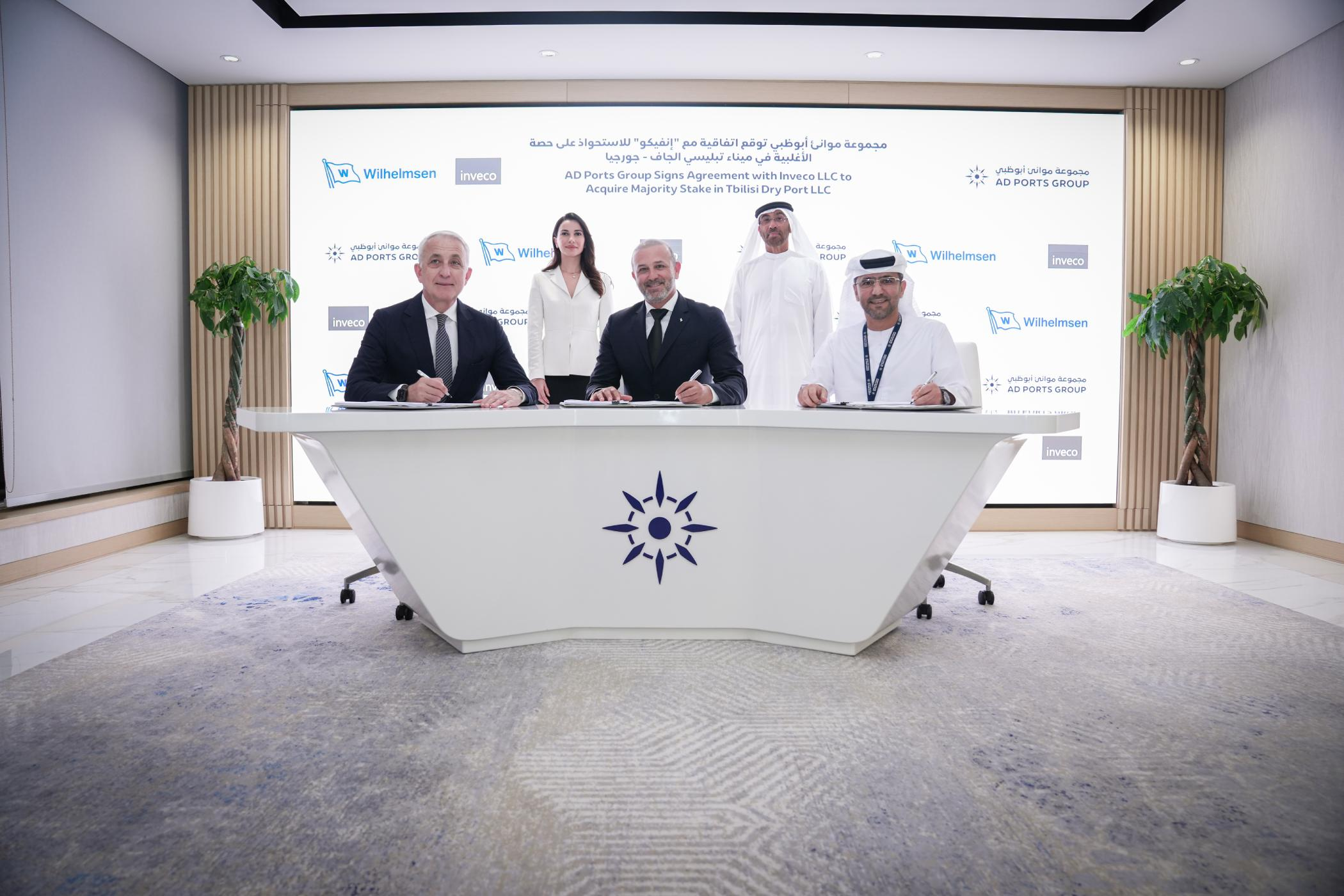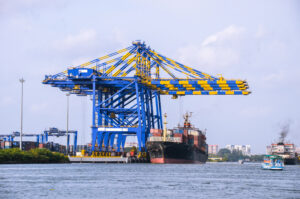Abu Dhabi-headquartered port terminal operator AD Ports Group has sealed a deal to acquire majority ownership in the Tbilisi Dry Port.
The agreement with Inveco LLC will see the ports and logistics giant take a 60% stake in the Tbilisi Dry Port, a new custom-bonded and rail-connected intermodal logistics hub in Georgia.
The project, currently owned by Inveco LLC and Wilhelmsen, is expected to be operational by the fourth quarter of 2024.
Ahmed bin Ali Al Sayegh, minister of state, ministry of Foreign Affairs, government of the UAE, said: “AD Ports Group’s investment in the Tbilisi Dry Port delivers on this objective, which is set to deepen trade and investment ties, develop global trade lanes, and generate market access opportunities for UAE and Georgian businesses alike.”
Tbilisi Dry Port is situated along the strategically important Middle Corridor, an emerging trade lane linking manufacturing hubs in Western Asia to consumer markets in Eastern Europe by leveraging a combination of sea and dry ports located in Kazakhstan, Azerbaijan, Armenia, Georgia, and Türkiye.
The project consists of different integrated facilities such as a container freight station, warehouses, and a car storage park.
It also offers direct westward railway links to Türkiye and to Georgian Ports of Poti and Batumi, which further connect to European Black Sea ports in Bulgaria and Romania, while its eastern connectivity links with different ports located along the Caspian Sea via a railway corridor to Azerbaijan.
Noatum Logistics, part of the AD Ports Group, will operate and manage the facilities.
The project will be completed in three phases. By the end of the initial phase, the handling capacity is expected to reach 96,500 teus, with 10,000 sqm of warehouse and a car storage yard.
Upon the completion of phase three, the project will have a handling capacity of 286,000 TEU, 100,000 sqm of warehouse and a significantly expanded car storage yard, AD Ports said, adding that an additional 88,000 sqm of land is available to cater for further volume growth.
Further land plots have already been secured and can be developed as and when needed, AD Ports added.
The Middle Corridor is regarded as the shortest trade route between Asia and Europe, covering approximately 7,000 km and requiring a journey of 10 to 15 days.
The existing Northern Corridor covers about 10,000 km overland, requiring 15 to 20 days, while the Southern Ocean Route spans approximately 20,000 km, requiring a sea voyage of 45-60 days.
The Middle Corridor is expected to serve considerable growth in container volumes, which has the potential to reach 1.9 million teus by 2040.
Source: AD Ports Group.



